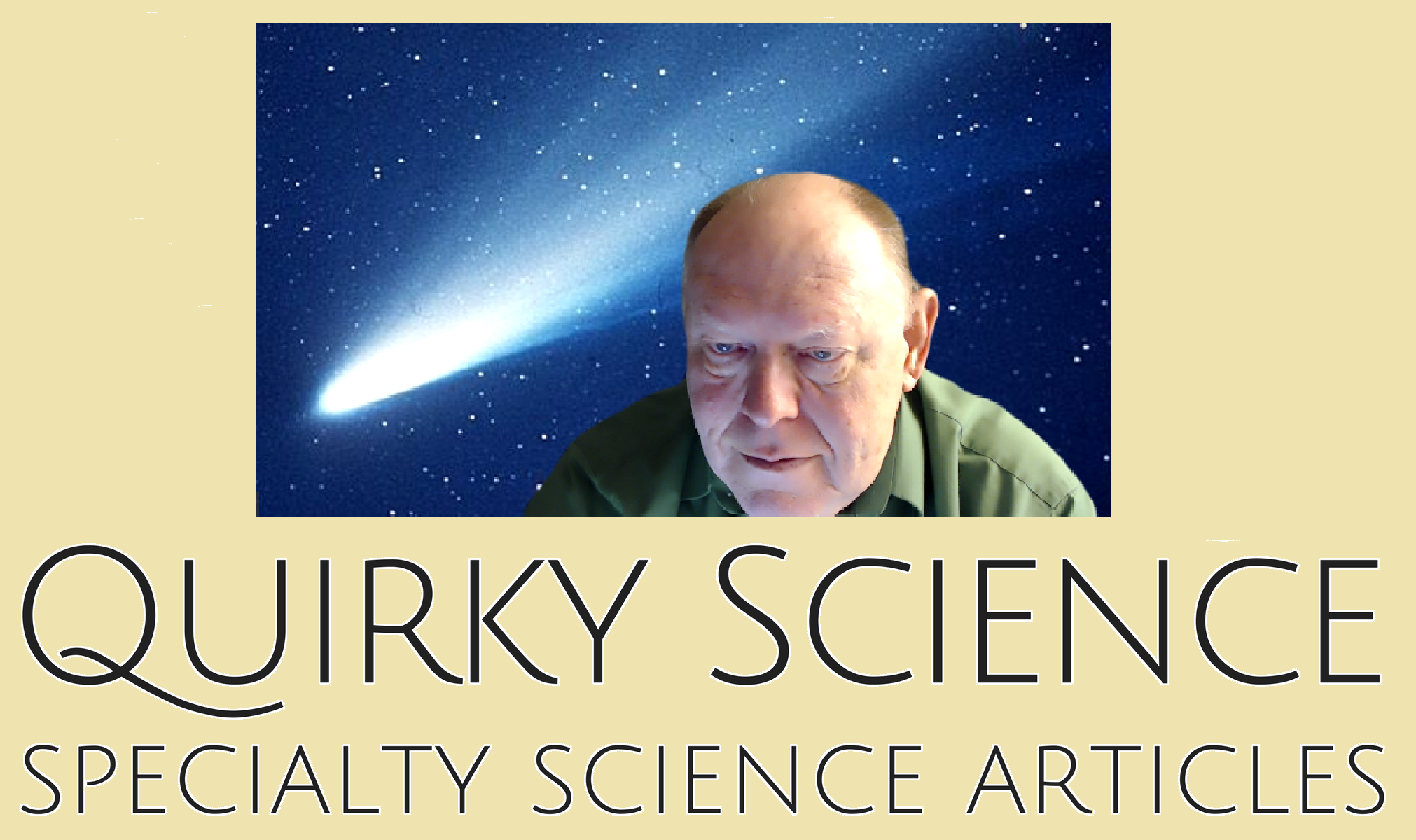Are They Alive? DNA, Viruses, Gametes
[caption id="attachment_7797" align="alignright" width="380"] Varicella (chicken pox) virus. - Image CDC by Palmer and Bartin.[/caption] Some things may be associated with life, but the question remains: are they alive? Without turning this into a deeply scientific or philosophical discussion, an interesting question to ask in the proper context might be: Are they alive? We will consider a few examples of when this question might be appropriate. Is DNA alive? Do viruses live? Are an egg and a sperm alive before conception? Arguing the Case: One The DNA (deoxyribonucleic acid) molecule is a complex chemical species that varies considerably, but shares a basic commonality in whichever life form it constitutes a part. Thus the DNA of a frog is similar to the DNA of an ox, is similar to the DNA…
